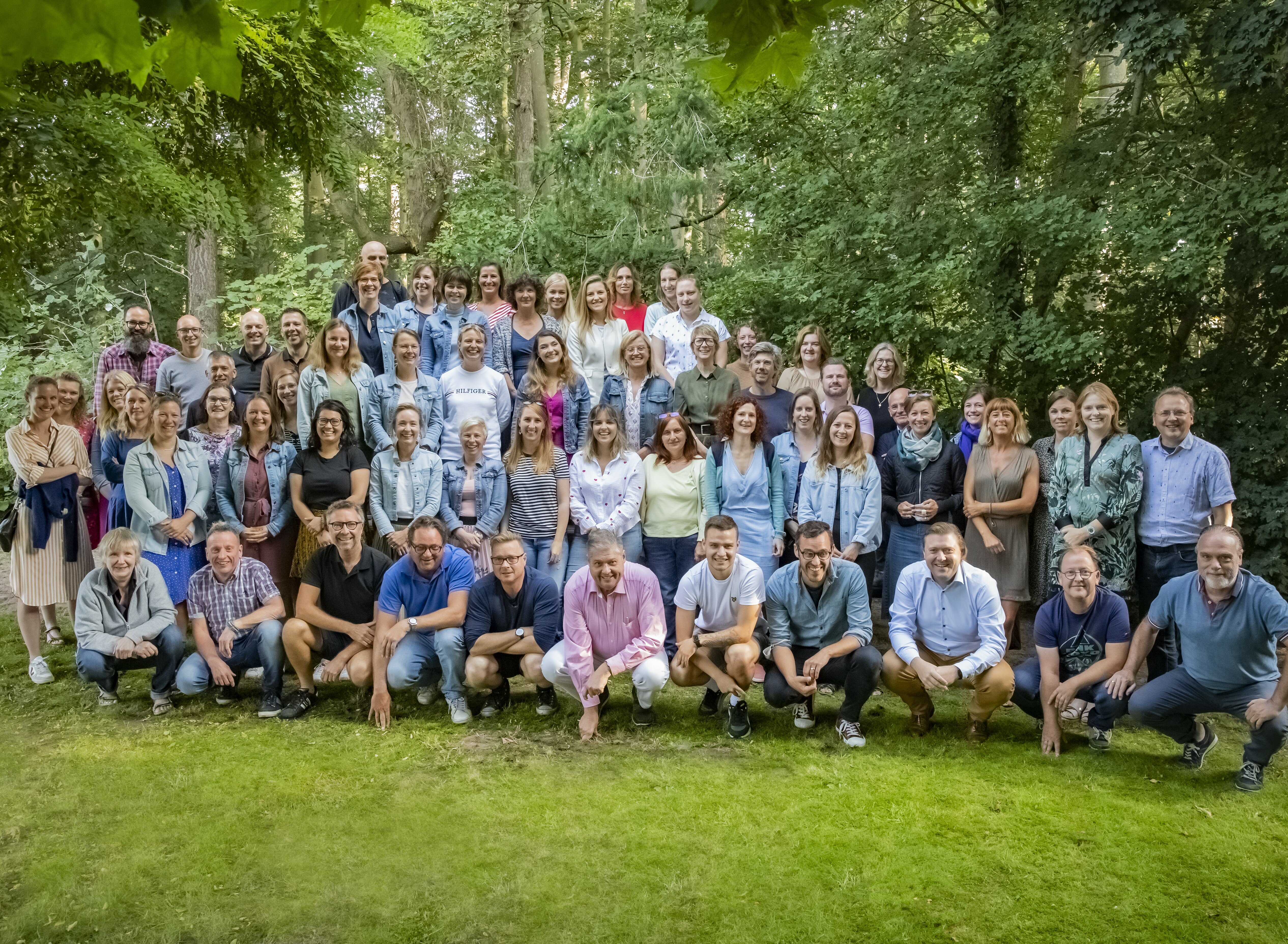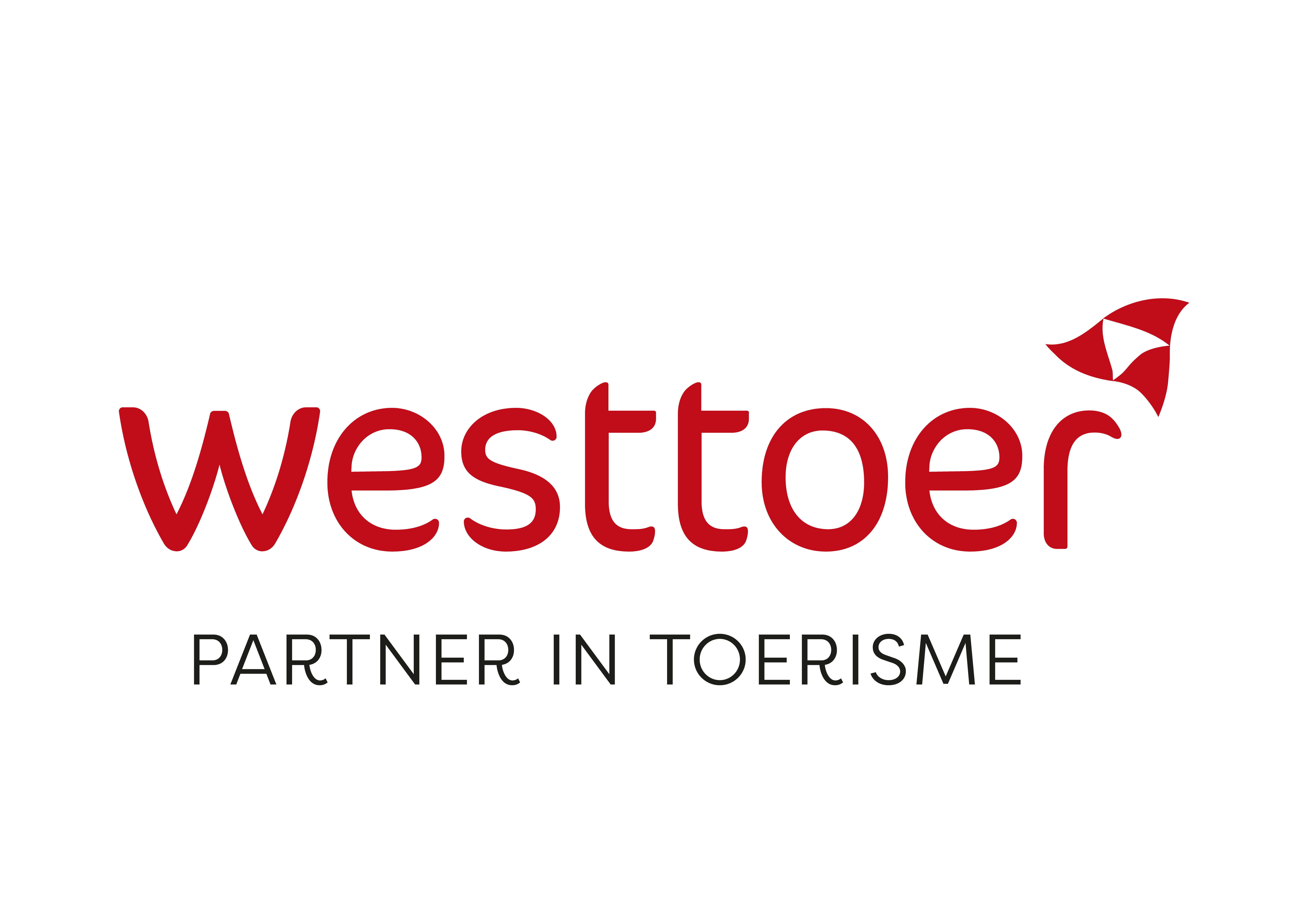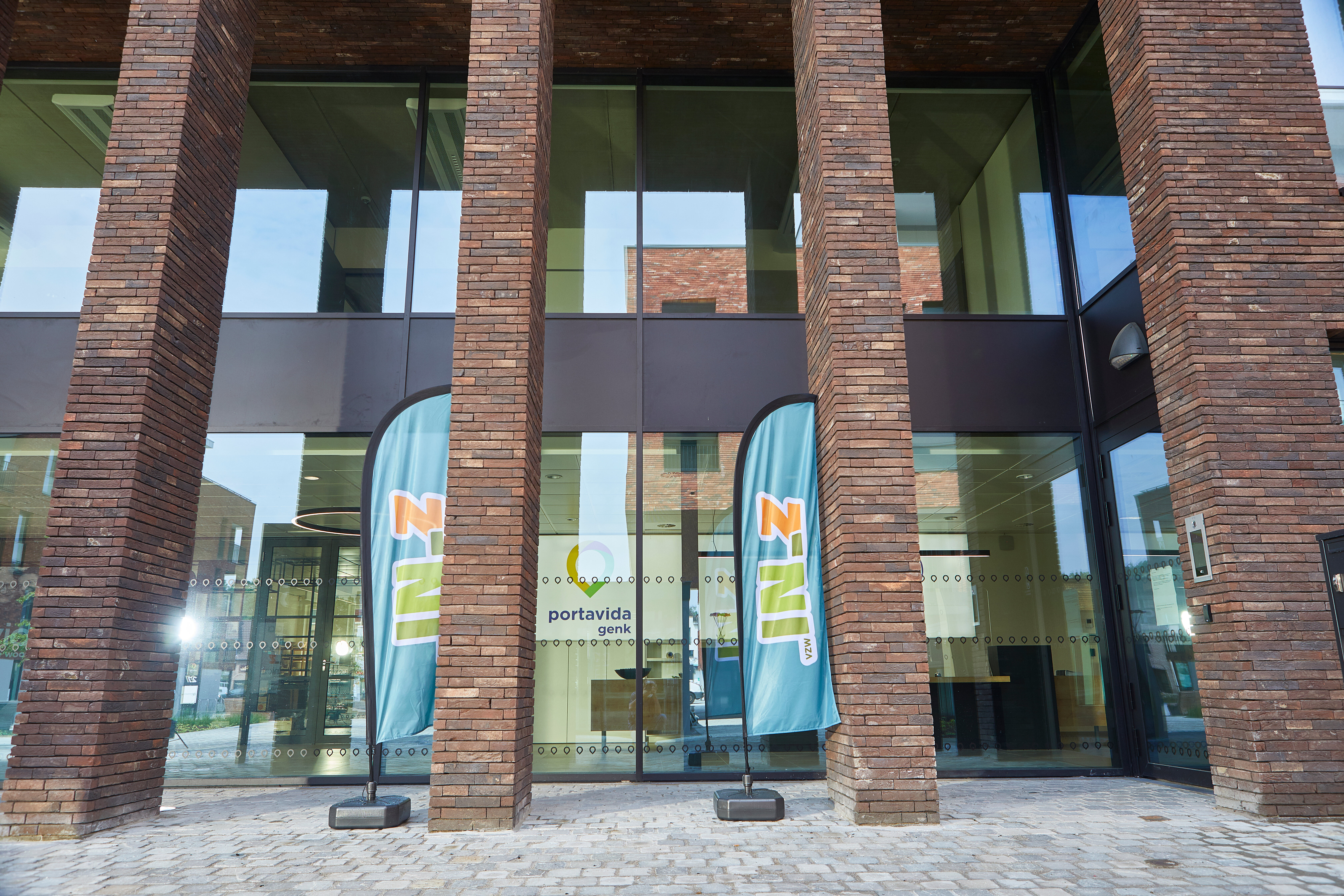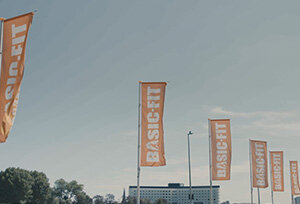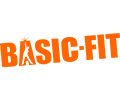
Be inspired to improve the health and employability of your workers. As an expert in the field of workplace prevention, safety and health, Mensura provides clients with personalised advice and custom solutions to meet the needs of their business, not only in terms of legal compliance, but in all aspects of the workplace. Together with your organisation, we will set a number of specific, measurable targets that we will achieve as a team.
Mensura is here to inspire you
23/04/2025
How a safer workplace reduces absenteeism
A safe work environment reduces absenteeism. The opposite also applies. As an employer, how do you ensure that both are optimal?
21/03/2025
Daylight saving time: impact in the workplace
The daylight saving time switch can have a big impact. We’ll give you some tips for dealing with this in and outside the workplace.
07/03/2025
International Women's Day: 5 statements about women in tech jobs
On 8 March, it is International Women's Day. For the occasion, we asked three of our female tech profiles what challenges they face.
Mensura is here to assist you
Your employees are the driving force behind the success of your organisation. They help your business thrive and grow. Yet, there may be some hurdles to overcome. Our ambition is to help you actively reduce absenteeism among your workforce.
Healthy employees
Employees who are physically and mentally fit are more resilient, less likely to be absent from work, and lead to greater productivity.
Mensura activates your workers
Optimal working conditions
Mensura addresses potential hazards in the workplace in terms of ergonomics, occupational safety, environmental issues, industrial hygiene and toxicology.
Mensura improves working conditions
Minimal absenteeism
An effective policy to reduce absenteeism is based on numbers, root cause analysis and a targeted, company-specific approach.
Mensura helps long-term absentees reintegrate



